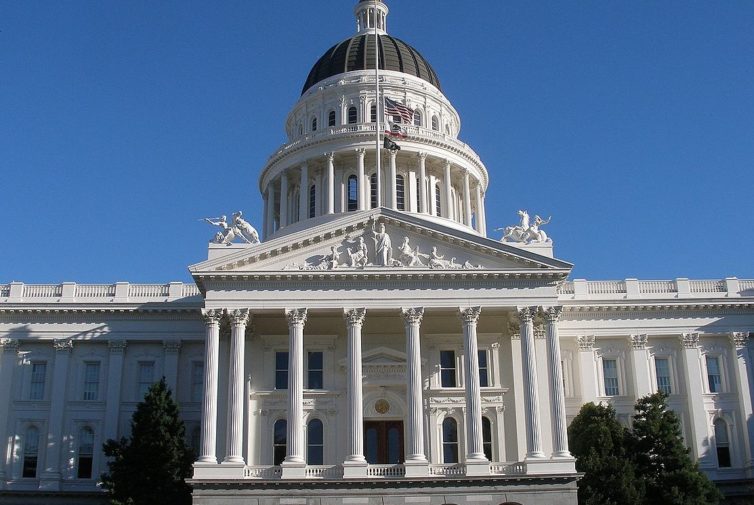ItsNotAboutTheMoney
Well-Known Member
I agree with you; but you should know the argument that PG&E is using.
The CPUC and Utilities are basing the bulk of their argument about "solar inequality" on findings from E3:

The E3 Story - E3
hen E3 started out in the early 1990s, founder Ren Orans would not have predicted the energy industry’s rapid pace of change. He certainly didn’t know the E3 team would eventually support efforts to create landmark energy and climate legislation, inform international agreements, and have a hand...www.ethree.com
Assuming for a second that E3 is completely independent and unbiased, their finding is that current NEM residential customers with solar benefit $0.31 per kWh produced/consumed that is a cost now pushed onto rate payers who aren't on NEM. Thus, for a NEM customer who produces/consumes 10,000 kWh per year, the E3 calculation assumes the solar customer's payback is about 4 years ($12,000 savings).
This finding is the crux of what the utilities' NEM3 proposal and AB 1139 want to fix. They effectively want the solar customer to not have a net favorable terms to have such a generous payback. Rather, they want the payback for a solar-only customer to be 11 to 15 years. This is the only "fair" approach in their eyes since this would allow the solar customer to continue to be "green" while not placing the burden of solar on the general grid.
So to your point, the only way PG&E can make sure a solar customer receives as little benefit as possible is to carefully monitor the generation and consumption of the solar-enabled household. While AB 1139 doesn't seem to have the full language of what IOU's want, it puts a big first domino in play to allow PG&E to achieve its goal of managing all energy in the state by bending NEM rules wildly into the IOU's court.
Net metering sucks. If it had been done properly with FITs, like civilized countries, the utilities' whines and appeals to resentment could easily be shut down.



